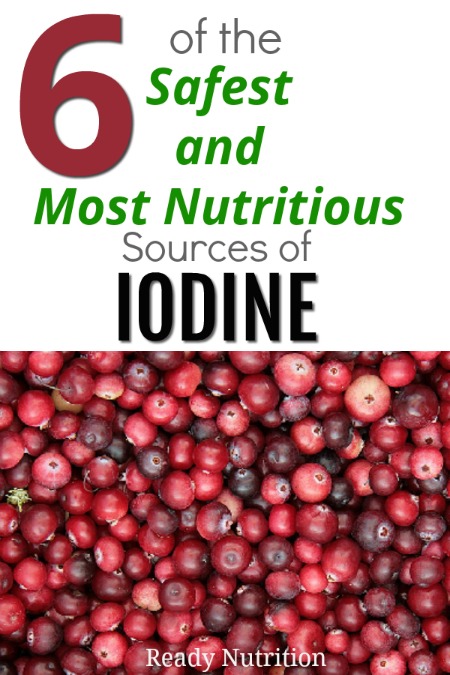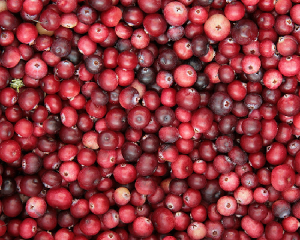Like salt and water, iodine is one of those essential substances our body simply cannot do without. While it’s well known that iodine is essential to thyroid health, since your thyroid is responsible for a large percentage of your hormones, it has effects on the rest of your body as well. iodine deficiency has been shown to affect breast cancer, weight loss, and brain function.
While you can supplement iodine, there’s been quite the debate as to whether or not that is a healthy option. Too much iodine can hurt the thyroid just as easily as a deficiency can. So the safest way to attain the proper levels of iodine is through your food intake right? Well, sort of.
Lately, one of the most common reasons people decide to start eating more iodine is due to the possible radiation contamination of our food supply from Fukushima. And unfortunately, what was once the richest source of naturally occurring iodine, has likely been completely compromised by radioactive materials. Seafood like shrimp, tuna (which was compromised by mercury long before Fukushima), cod, and especially seaweed have now all been shown to be filled with radioactive particles, especially if they’re from the Pacific. Fortunately, there are other sources of iodine in our grocery stores and farmers markets that can easily fill the iodine gap that seafood has left behind. Below are a few examples you may not have been aware of:
Turkey
This lean meat contains about 34 micrograms of iodine in a 3 oz serving, or about the size of a deck of cards. While not significant compared to other sources, you probably won’t have any trouble getting your fill (and saving it in the fridge, and eating again and again for several weeks).
Navy Beans
A half a cup of navy beans happens to have about 32 micrograms of iodine. While that isn’t any better than the turkey, these beans happen to be loaded with a ton of other nutrients, especially vitamin C. They contain nearly every mineral the human body needs, including magnesium, copper, and potassium.
Eggs
It turns out there is plenty of evidence to indicate that eggs aren’t bad for you, and you can add this fact to the list. A single normal size egg contains about 10 percent of the daily recommended amount of iodine, (which I normally don’t pay any attention to, sometimes it seems like the government’s daily recommended amount is more like the bare minimum you need to survive.)
Potatoes
One medium sized potato typically contains around 60 micrograms of iodine. Don’t skip the skins though. That’s where most of the iodine is concentrated, as well as a plethora of other nutrients including, vitamin c, potassium, and vitamin b6.
Cranberries
I think I’ll stop beating around the bush and get down to some foods that are loaded with iodine. Cranberries are one of the best sources of iodine as far as I can tell. A single ounce of cranberries (roughly a quarter cup) contains 100 micrograms of iodine. This means that even if you have trouble with the bitter taste, it isn’t going to take very many cranberries to satisfy your daily iodine needs. Although if you absolutely can’t stand the bitter taste of cranberries, maybe you’d enjoy something salty instead.
Himalayan Salt
A half gram of Himalayan Salt contains a whopping 250 micrograms of iodine. As far as I know, there isn’t any other food source that contains that kind of iodine density, except for seaweed. It contains a healthy concentration of other micronutrients as well and is far above the quality of most store-bought salts (though I have started to see this product pop up in my local grocery stores). With this amount of iodine in such a small package, there isn’t anything close to an iodine supplement than Himalayan Salt.
While there’s no telling what parts of our food supply may have been contaminated, this list appears to provide the safest supply of iodine-rich food. Other than seafood, leafy greens and milk products are known to accumulate quite a bit of radiation as well, so I neglected to add any milk-derived sources. If you know of any iodine rich foods to add to my list (or any you think should be removed) let us know in the comments below.

This article was originally published at Ready Nutrition™ on June 17th, 2014







